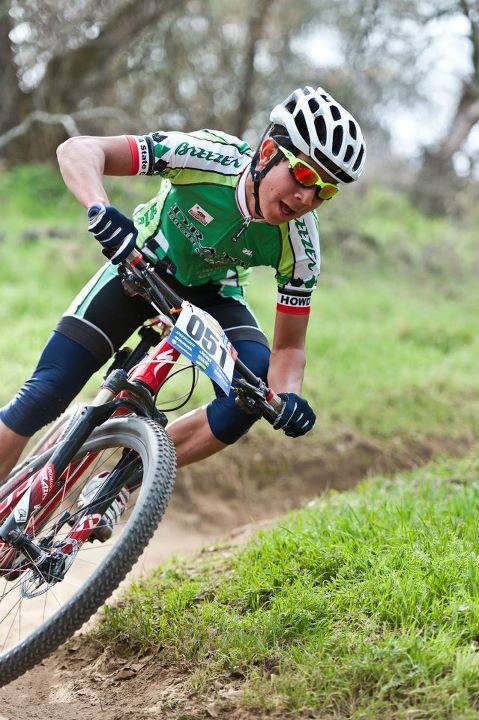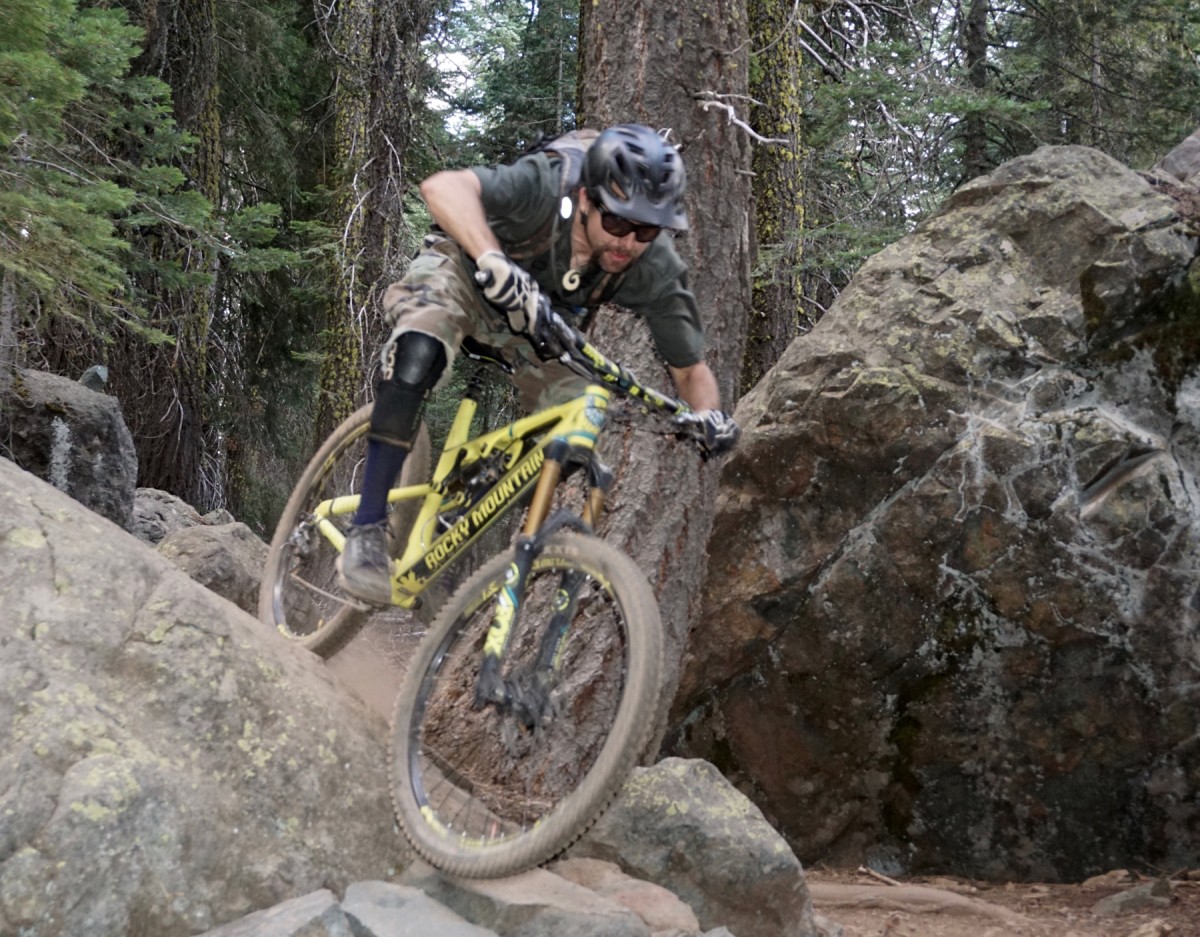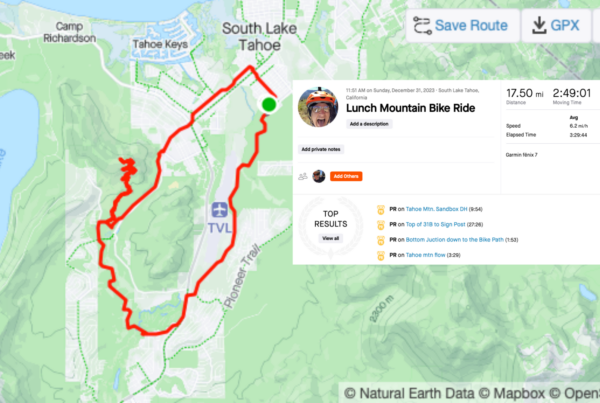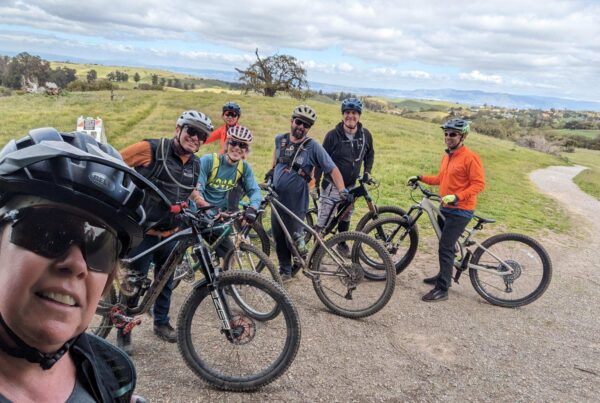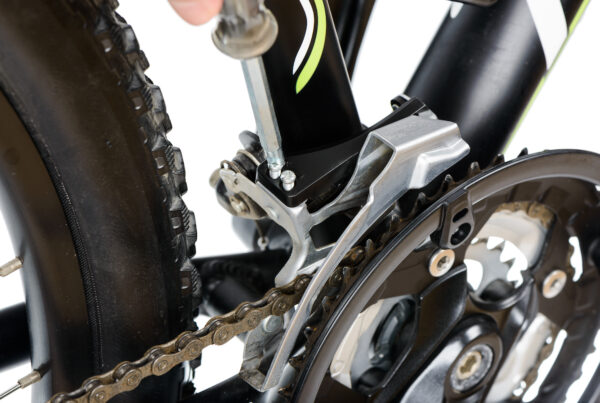5 Mountain Bike Skills that will make you faster
Or
Let’s go have some fun!
Now learning new mountain bike skills doesn’t always mean you’re going to be riding faster but it does guarantee you’re going to have more fun. Having fun is the most important part of why we ride bikes. True, sometimes more speed does indeed equal more fun and it often is an end result of learning more skills on the bike. So with all that being laid out, why not improve your skill. MORE SKILLS=MORE FUN. What we will do here is walk you through 5 mountain bike skills that will make you faster, more efficient and will greatly improve your time on the bike.
#1 Smile,
Smiling helps you relax, which in turn is going to help you find your state of flow. Flow, is that instance where things slow to that classic MATRIX moment of total control of your actions in time. Slowed to a state of total presence of action also known as the Zone. Being present will allow you to be in more control of your actions and in turn keep you smiling.
The key to smiling while you’re riding is to ride within your limits and to focus on the positives. “Do or Do not, There is no Try” is also one of the keys to having fun. If you are positive you can take on the challenge ahead of you on the trail, you’ll have more fun. Being positive will create an environment of relaxation, where as being pensive will create an environment of tension. We don’t want tension, so if you have self doubt and are unsure if you can do it, then don’t do it. And, by riding within your limits you’ll have more fun because you’ll be able to ride tomorrow.
#2 Balanced Body Position
Staying balanced, simple in theory but maybe not so simple on the bike.
•Step one: Heavy Feet
Keep your weight in your pedals whether or not your riding flats or clipless. Your foot position should be the same no matter which system you choose to ride with. Pedal axle near the ball of the foot. The ball of the foot in front, if you find yourself riding longer descents and right around the center when riding in terrain that drops or rises more frequently. Dropping the front heal and pointing the back toes will help you wedge yourself into your bike. Now, this foot position will vary in degree depending on how aggressive your body position may be. Still, keep in mind that your weight should always feel heavy in the feet. Now a quick disclaimer I like to use, “There is always a never and never an always”. Which basically means, not all situations need the same amount of pedal pressure. The idea is to keep your line of gravity equal between the tires. It’s always relative to the terrain you’re riding.
•Step two: Light Hands
Keep your weight off your hands. Which allows the bike to move independently underneath you. Now, at some point you may find a small pressure in your hands. This is to create a small amount of pressure control to affect the down force of the bikes tires to the ground. Again, “There is always a never and never an always.”
•Step three: Relaxed Arms and Legs
Think cowboy-up and strong push-up position. Remember the image of an athletic stance. The sport of Mountain Biking is an offensive sport, so don’t let yourself get on the defensive. Being in a relaxed body position will help you adapt to the changing terrain and challenges you will face on the bike.
#3 Vision
Vision, not only means what you’re looking at but, also what you see yourself capable of doing. The main focus of vision is eyes on the prize, look where you want to go. Whether its just where you want your tire to be or what you want your bike to roll over. Always keep your focus. As noted above, If you don’t see yourself riding something, you are most likely not going to ride it. If you can imagine yourself concurring an obstacle you are more likely to clear it. If you think about always looking further down the trail you’re more likely to move further down the trail.
Focus on whats next, not where you are. Vision should be just below parallel to the horizon following the terrain. If you are about to be going up hill, look up the hill, and vice versa. Now some obstacles may require a little variation in this. Most trail situations although will fit this scenario.
#4 Braking
Now this is definitely something that most people think will not help you go faster but it actually can. If you can control your bike speed before it’s too late, it will give you time to set up your entrance speed to the obstacle, corner or terrain. Think of what speed you can ride comfortably at now, enter that next section of trail below that speed to allow you to roll through that section in control. This should allow you to feel comfortable without the need to ride the brakes all the way through the specific sections.
Lower your center of gravity by dropping your heels as you apply the brakes. Apply both brakes at the same time relatively. I usually try to separate the front and rear brake pressure by trying to engage them one at a time. Front brake first and then rear brake or vice a versa.
Body Position really is important with braking. Always think of weight in the feet to keep both tires on the ground and the line of gravity low and behind the front tire.
#5 Slow speed
Its exactly what it sounds like. I have heard a lot of people say riding at slow speed only teaches them to ride that way, I disagree. If you find yourself in a situation that you’re not comfortable riding slow, then what makes you think riding through it going faster is going to be safer? Although it does go the other way. If you’re able to ride slow through a section of trail you’ll understand how the bike moves through the terrain and soon you’ll ride through it at a higher speed.
Start off with your pedals near level, lead foot slightly higher. Drop the lead foot about a quarter pedal stroke then returning it to the same position by back pedaling. This small motion known as ratcheting can help you maintain balance and adjust your speed easier. Even with slow speed balance you need to have some pressure control with the hands. You’ll be surprised at how much a small change in pressure makes a big change in the dynamics of the bikes position and weighting.
Now that we have an overview of these 5 mountain bike skills, let’s take it to the next level. We all interpret words a little differently. You hear one thing and create your own mental image and I may have had another image in mind when I explained it. So the next step is signing up for a Mountain bike skills clinic with A Singletrack Mind and learn them correctly the first time. Check out our clinic calendar here.


